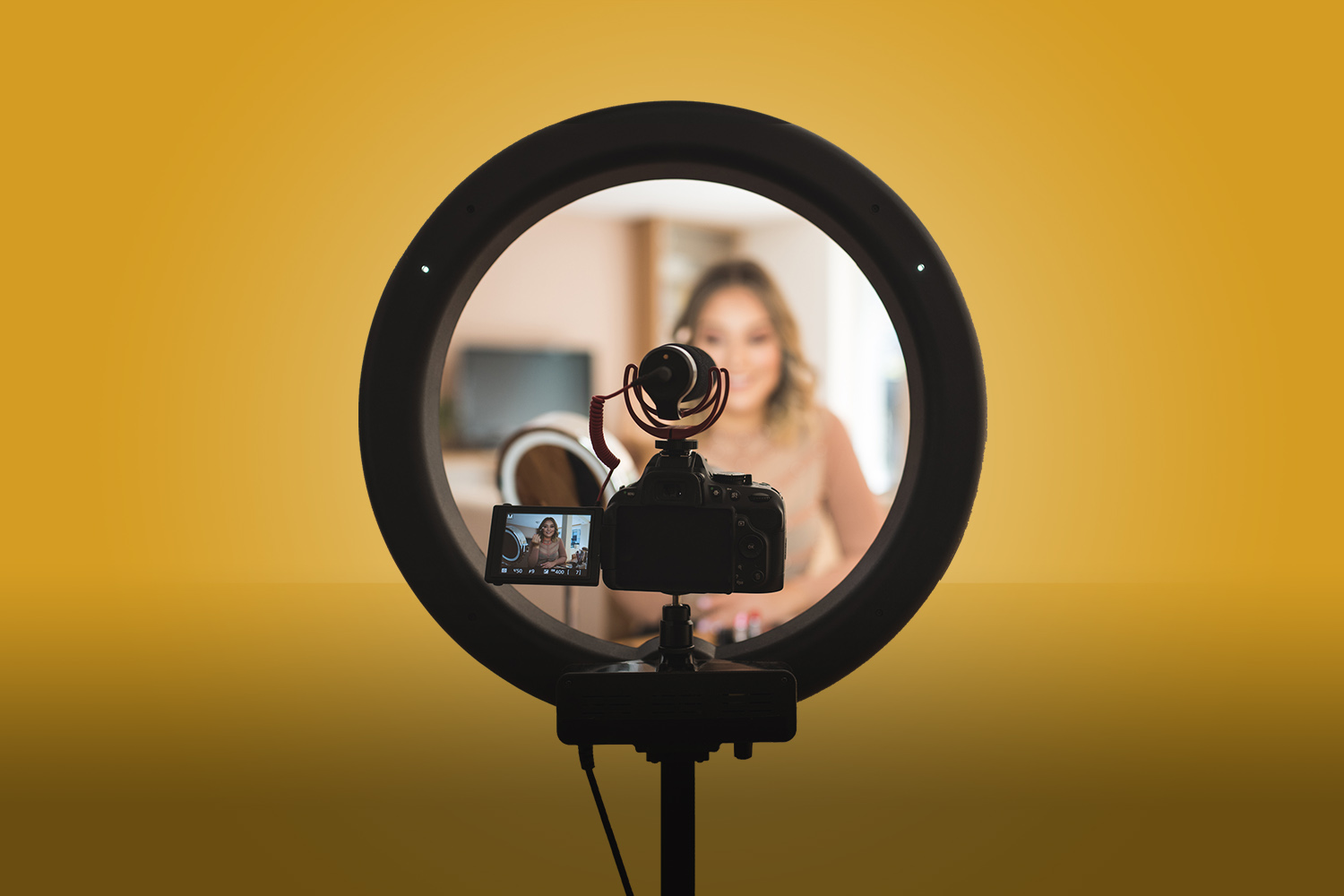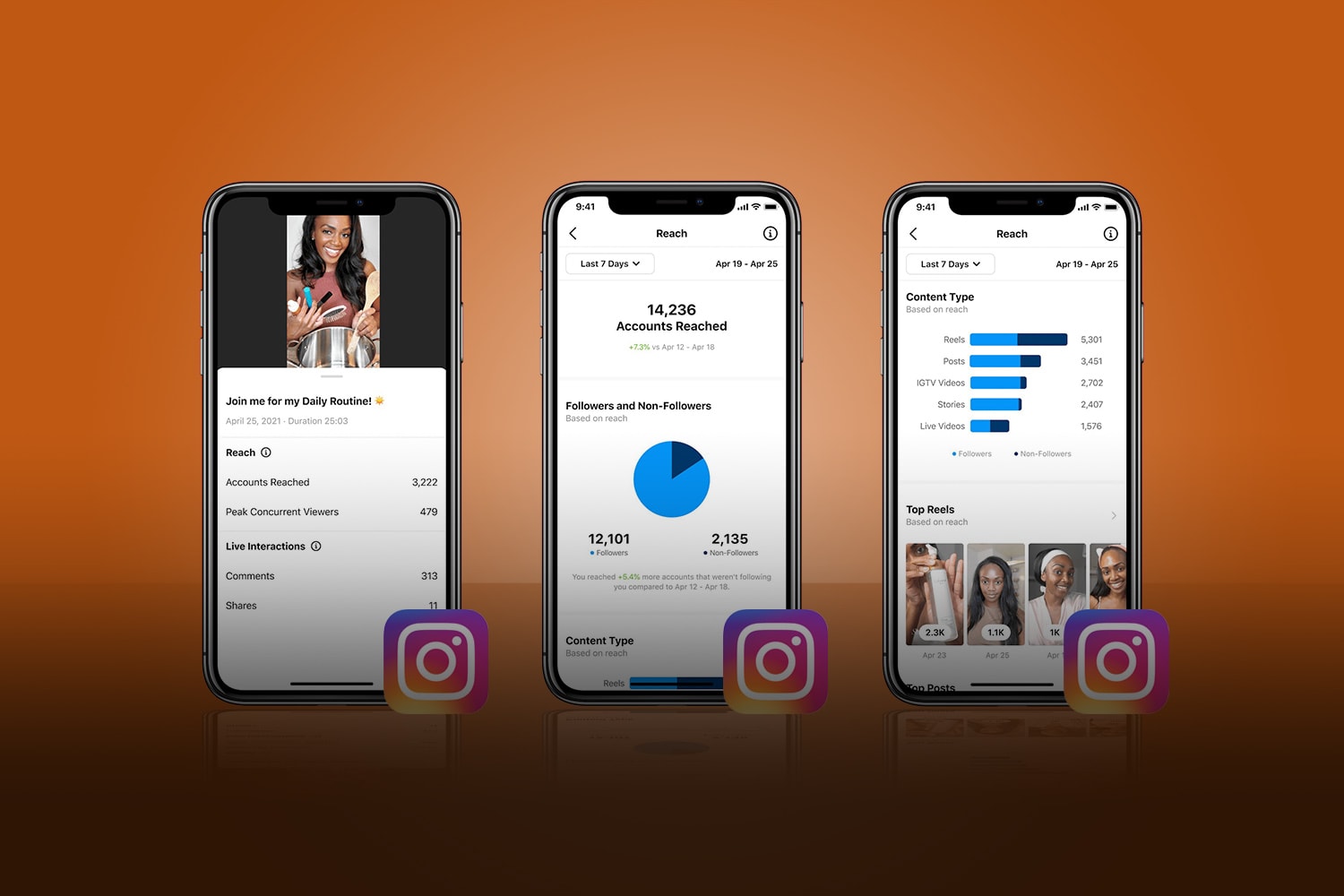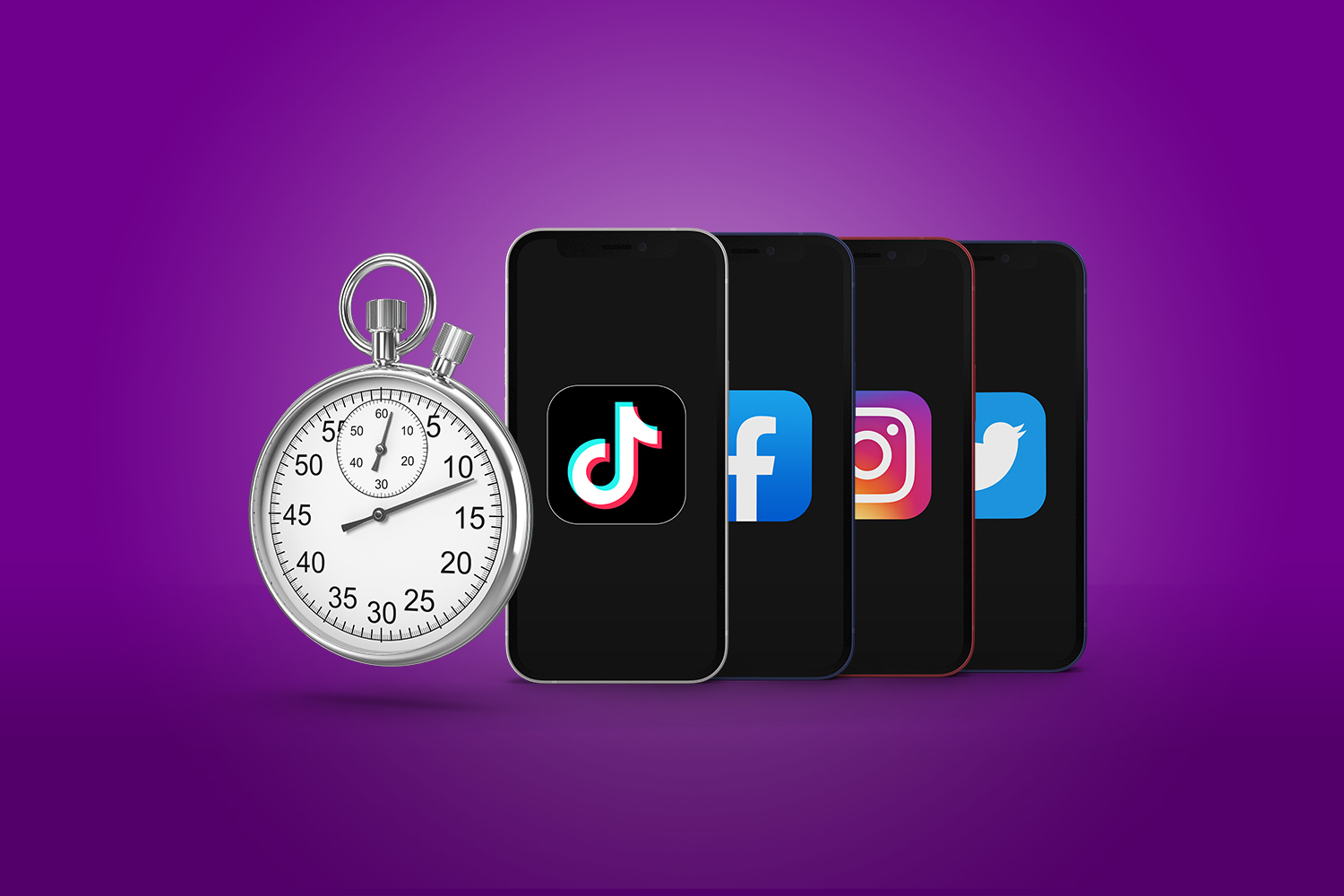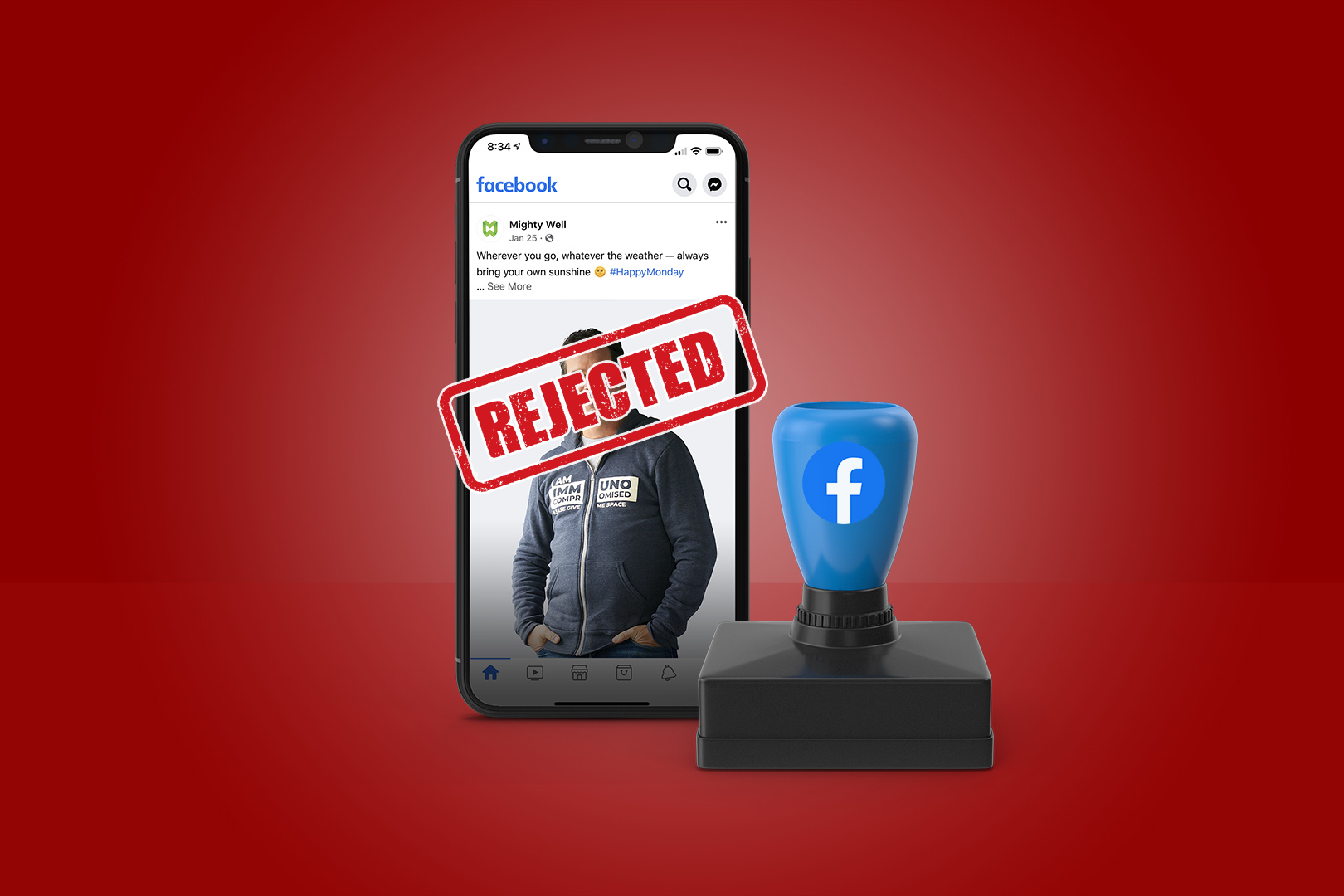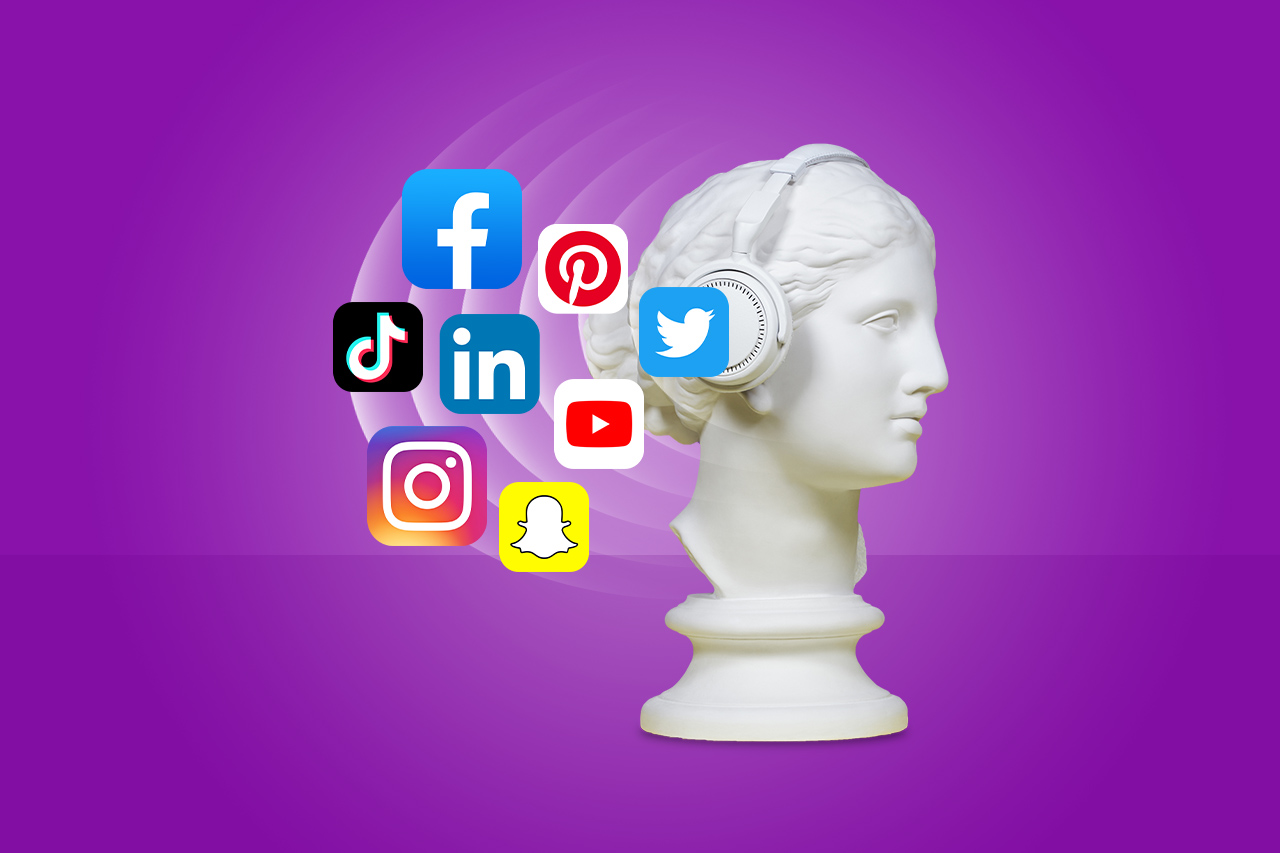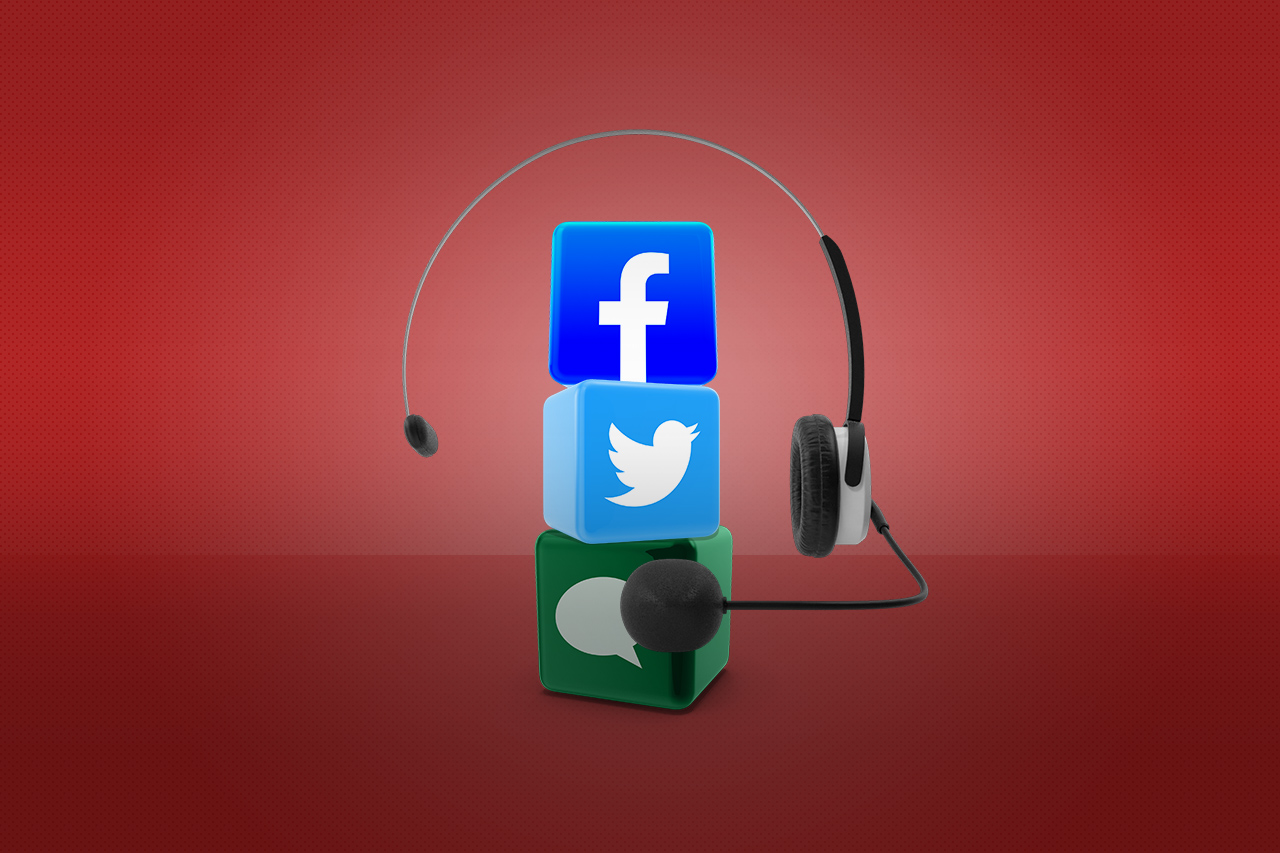Is your company 100% into smart marketing ideas, or completely on board with using up an advertising budget, but cringes at “giving” money to individuals on social media just so they can talk about you to their followers?
If so, you are not the only one. Although Instagram alone boasts nearly one billion active users, and Facebook calculates the average account holder spends almost 2.5 hours a day on their platform, many companies are still shy about spending marketing dollars for influencers. And that’s not all, according to eMarketer, spending this year is about to grow by over one-third—the highest growth in the industry. Those who aren’t on board are losing out to their competition who is.

The hesitation for influencer marketing can often be boiled down to a couple of things. First, many marketing executives still see it as a riskier option; something they can’t see direct ROI success from. The second is understanding of influencers and platforms. Creating ads, buying placements, watching how they increase customers…these things have been done for decades. But finding the right influencer can seem a much more daunting task. Trends rise and fall, and influencers can do the same. Hitting on the right mix of product, influencer and audience can feel so risky it seems many people decide to opt out altogether.
We’re here to simplify influencer marketing. While ROI cannot always be measured the same as traditional marketing, it can have great effects on long-term brand awareness, loyalty and purchase decisions—three things no brand would detest.
How Influencer Marketing Elevates Brands
Advertising in all aspects is good for a brand. Be it out of home, digital, print…they can all do the three things we listed above. But they can’t always do it with the same trustworthiness that influencers can.
This is not a shocking revelation. Think about how you feel when you see a random actor on TV trying to tell you about a product. How strongly do you believe what they say versus when your friend tells you about that same product?
We have become a people that need user reviews. How many stars does the restaurant have on Google? What are people saying about that product on Amazon? What does the product look like when it’s tried out by someone on YouTube?
Influencer marketing is just another one of the tools consumers use to filter brands and products. It may not be your trusted friend, but if an influencer you follow gives a brand shoutout they must believe it, right? They’re sharing it, they’re attaching their name to it, they must at some level be doing it to help their followers…even if we understand they’re being paid to share, it still feels more personal than seeing the same type of thing in a photoshop-perfect magazine ad.
Influencer marketing is word-of-mouth. It gives social proof to what you’re learning about. But, just like an ad for ice cream may not be successful in a vegan magazine, finding the wrong influencer can completely miss the mark.
How to Find the Right Social Media Influencers
- Make it authentic: One of the biggest pros of influencer marketing is that it feels more personal. It’s not all about the largest follower base, it’s about finding the accounts that really do believe in your brand, and can share that feeling with others.
- Keep it casual: Just like authenticity, if it feels too produced it’s going to come across like an ad you’re forcing an influencer to share for money.
- Collaborate: In the same vein, some influencers can bring a lot to the table in terms of how to speak to their audience. Listen and let them help figure out the best way to share your product together.
- Realistic goals: As with any type of marketing, keeping your end goal in sight is important. Is it to raise sales, get brand recognition or something else? One ad cannot effectively do everything for your brand, and it should not be expected that any influencer can do everything with one post (or even a handful of them).
Overall, keeping long-term plans and goals is also helpful no matter how you start with influencer marketing. Especially if you’re looking for brand loyalty or new followers. Yes, things can go viral and numbers can go up exponentially. But for the majority, influencer marketing can feel subtle. Our advice for you: trust the process. Have confidence that trial and error is part of finding the right fit.
